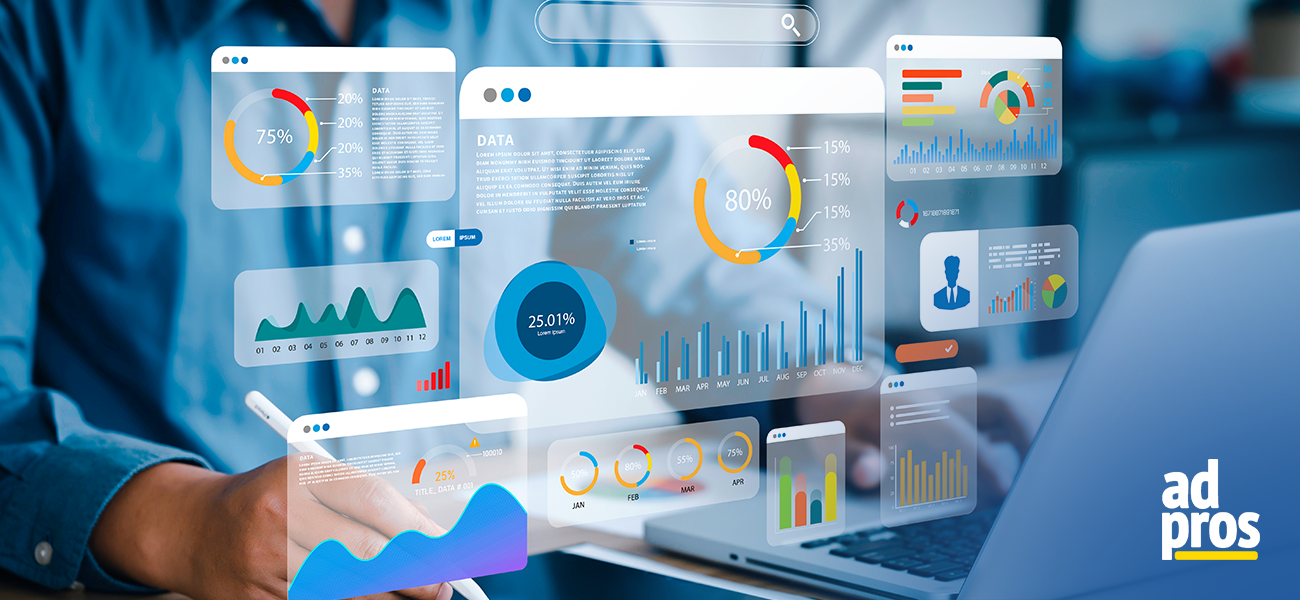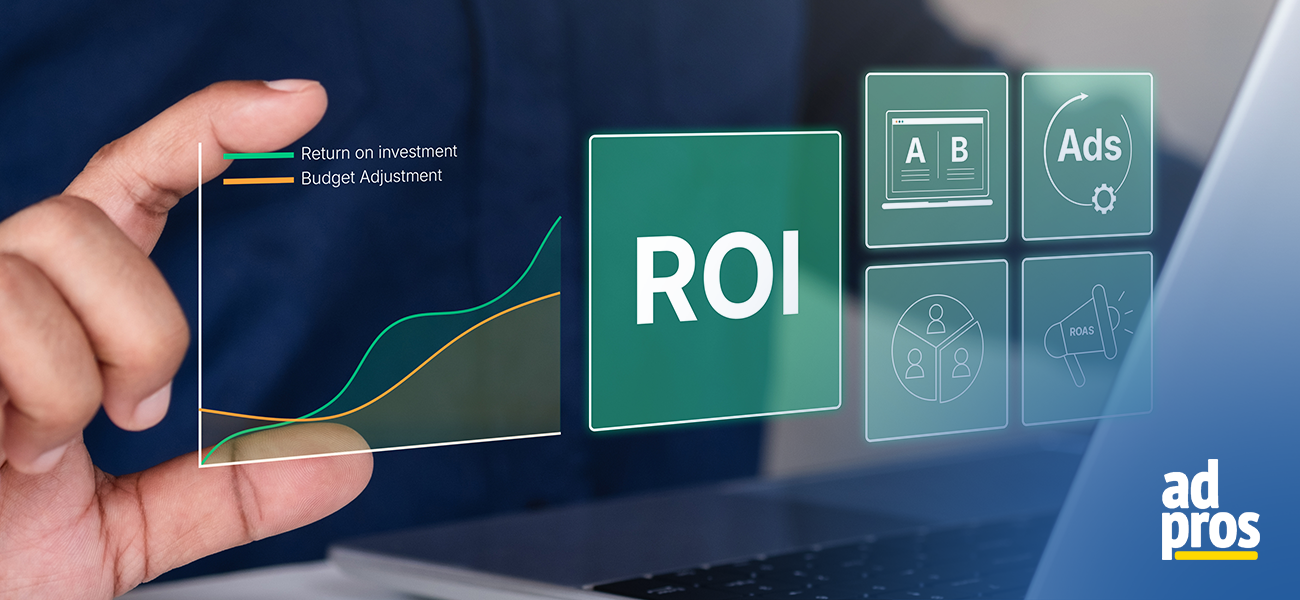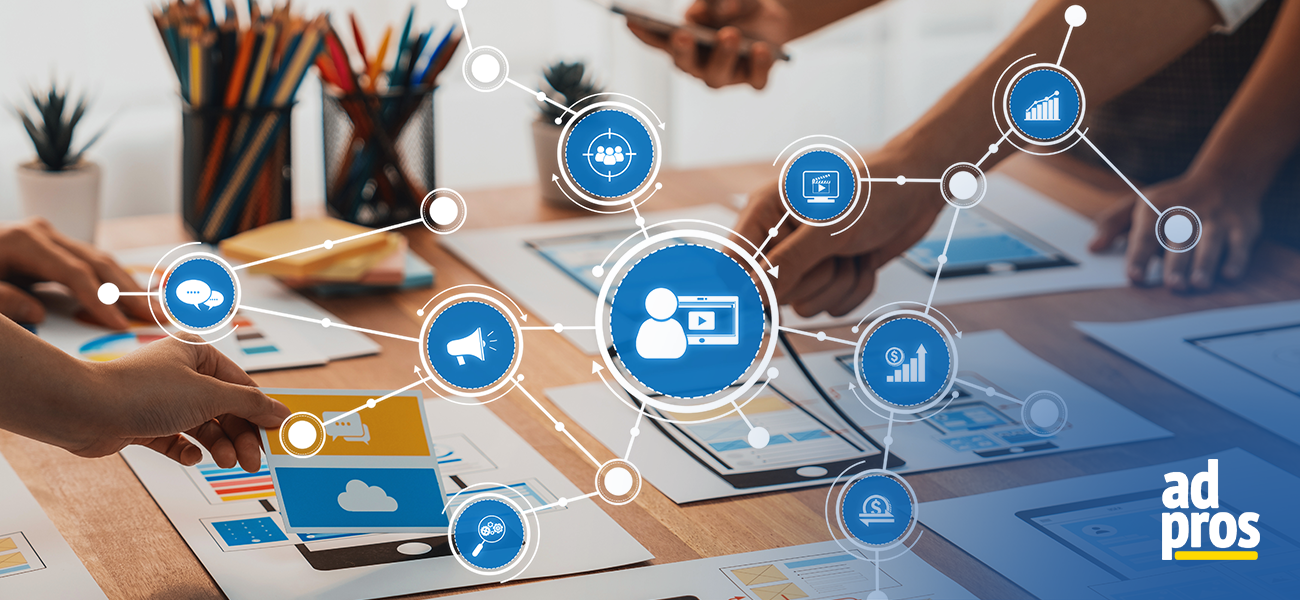Scaling from $100K/month to $1M/month — or adding another million on top of your existing performance — doesn’t happen by accident. At Ad Pros, we’ve helped brands like Kachava, Support Pets, and others unlock these milestones using a set of 10 core levers that consistently produce results.
These levers aren’t hacks. They’re battle-tested frameworks designed to help brands move from chaos to clarity, from inconsistent growth to compounding scale.
Whether you’re stuck at $300K/month or pushing $8M/year, these 10 levers will show you exactly where your next breakthrough can come from.
Let’s dive in.
{{primary-cta}}
1. More Ad Spend
This one sounds obvious, but it’s still wildly underused: scale what’s already working.
Most brands don’t have a strategic reason for their current spend level. It’s often just “what we’ve always done.” But if your growth stage and unit economics support it, you can likely spend more without sacrificing profitability — if you do it right.
How to approach this:
- Reverse engineer your revenue goals based on target CPA and AOV.
- Explore expansion across high-performing channels (Meta, YouTube, TikTok).
- Add controlled spend to high-potential campaigns or geographies.
There’s a huge difference between “spending more” and “spending more with a plan.” Most growth ceilings are self-imposed by budget hesitation.
2. Increase Lifetime Value (LTV)

This is where real profits hide.
Most brands put 90% of their effort into acquisition — but 90% of the profit often comes from customer retention and repeat purchases.
You can increase LTV by:
- Acquiring better customers on the front end.
- Optimizing for retention and minimizing churn.
- Building better email, SMS, and post-purchase flows.
If you’re spending all your energy finding new customers but not keeping them, you’re leaking profit. Fixing LTV gives you more margin to reinvest in acquisition — creating a positive growth loop.
{{quote-cta="/shortcodes"}}
3. Optimize Your Product Mix
Are you selling what’s profitable — or just what sells?
A great product mix doesn’t just increase AOV. It maximizes contribution margin, aligns your brand with high-LTV customer segments, and improves day-one profitability.
One of our clients had over 100 SKUs, but one front-end offer drove most of their profit. That SKU became the engine for acquisition, and everything else became upsell and LTV leverage.

Don’t choose your product mix based only on ROAS. Optimize for net profit, LTV, and contribution margin — especially on order one. Ask yourself: Which product attracts the best customers? Which one makes you money today and tomorrow?
4. Improve Your Funnels
Many brands run $1M/month in ads but haven’t updated their landing pages in a year.
Your funnel directly impacts:
- Conversion rate (CVR)
- Average order value (AOV)
- Net margin per order
- Customer expectations and satisfaction
From creative-to-page congruence to bundling logic and offer positioning — small funnel changes create massive performance gains.
The goal isn’t just to convert more traffic. It’s to convert the right customer in a way that maximizes LTV from day one.
5. Expand to New Acquisition Channels
If you’re spending $500K–$1M/month on Meta and Google, you’re likely nearing saturation. That’s when new channels become a strategic unlock — not a distraction.
Some high-leverage additions:
- TikTok Ads
- Snap Ads
- Influencers and UGC partnerships
- Affiliate networks
But timing matters. Don’t launch new channels if you don’t have:
- Enough budget to test properly
- Creative tailored to the platform
- A clear performance benchmark
Expansion ≠ scale — unless it’s done right. We typically add channels once we’ve stabilized core campaigns and are looking for parallel revenue streams that won’t cannibalize performance.
{{newsletter-form="/shortcodes"}}
6. Test New Offers and Bundles
Your offer is the biggest lever in your funnel. And most brands keep the same one for months.
A new offer or bundle structure can:
- Increase AOV
- Improve CVR
- Change LTV dynamics
- Unlock new avatar-product fits
Even if you only sell one product, you can test:
- Different quantities
- Price anchoring
- Free gifts or bonuses
- Bundles or starter kits
If your ad performance is flat, your offer — not your creative — might be the real issue.
7. Find New Avatars
One message doesn’t work for every customer. That’s why the best brands segment and personalize.
Finding new avatars means identifying high-LTV pockets of your market and tailoring creative, offers, and landing pages to them.
Example: We helped a supplement brand identify new moms as a high-value segment. Their LTV was higher, they converted better, and they showed more brand loyalty than other groups.
Start testing:
- Age brackets
- Life stages (e.g., newlyweds, new parents)
- Interests or behavioral clusters
- Psychographic traits (e.g., values-driven buyers)
This unlocks new growth without needing new products.
8. Activate New Sales Channels
DTC is great — but it’s not the only option. Adding sales channels like:
- Amazon
- TikTok Shops
- Walmart Marketplace
- Retail (direct or via distributors)
…can unlock customers who would never buy on your site. And in many cases, performance marketing on Meta and Google will boost your Amazon sales because of cross-platform attribution and search behavior.
Just make sure you track profitability by channel and adjust pricing and margins accordingly.
9. Sell in New Geographies
Once you’ve nailed one country, expanding internationally becomes a growth lever — if you’re operationally ready.
Low-lift markets like Canada or the UK can often be unlocked with minor adjustments to:
- Fulfillment
- Compliance (taxes, customs)
- Currency settings and pricing
- Shipping SLAs
For more complex markets like Europe or APAC, the upside is bigger — but so are the setup costs. Choose strategically, and always validate early-stage CAC and LTV by region.
10. Launch New Products
Product expansion should be intentional — not impulsive.
The right product should:
- Fit your brand’s mission and promise
- Appeal to high-LTV segments
- Be capable of $5M–$20M/year in revenue on its own
- Be simple to fulfill and scalable in paid media
New products aren’t a quick fix. But when launched correctly, they become new growth engines that compound revenue and retention. Just make sure you’re not creating complexity faster than you’re creating cash flow.



